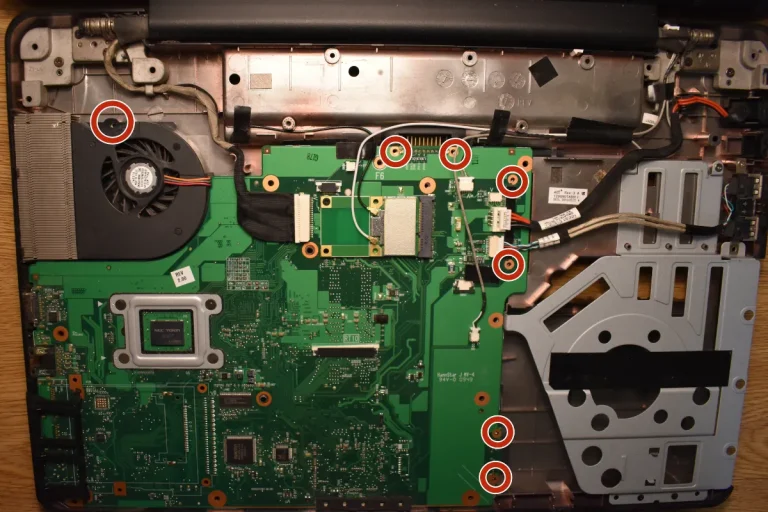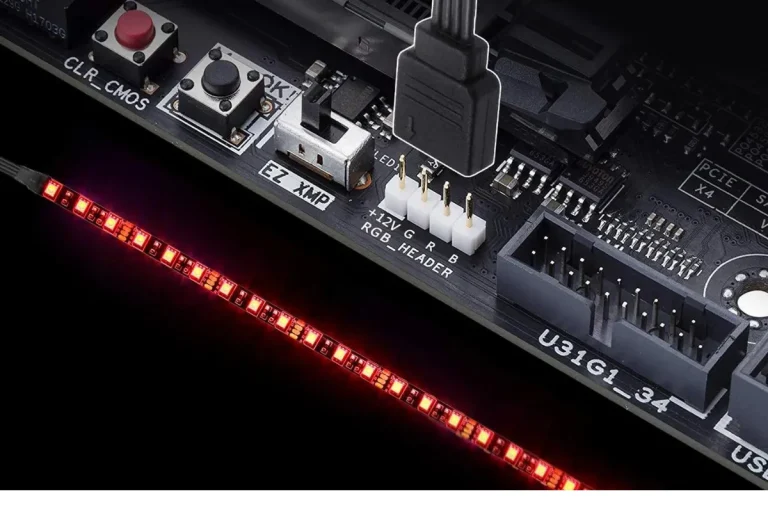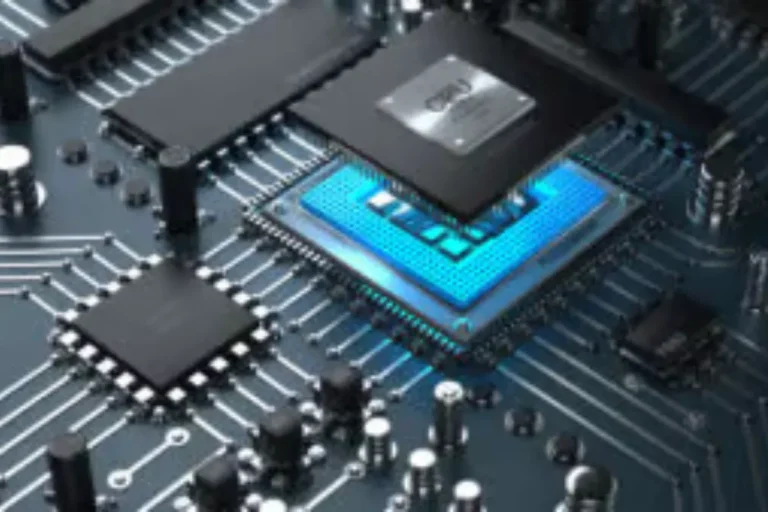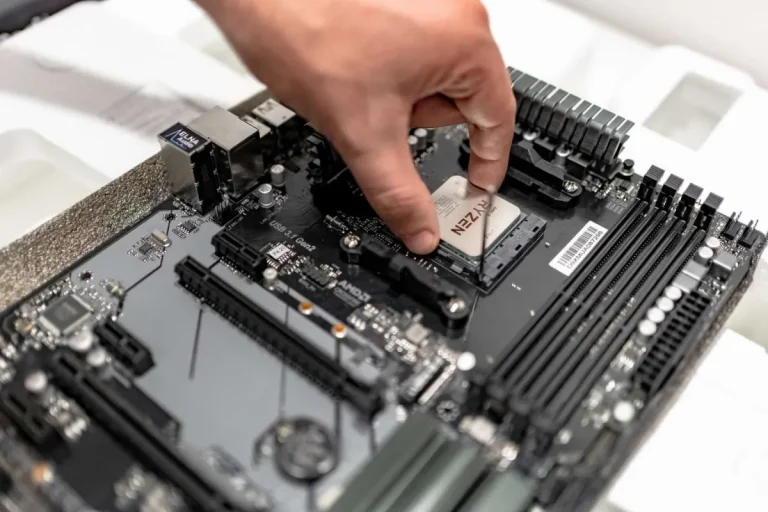What kind of buses does the motherboard have?
Are you curious about the inner workings of your computer? Ever wondered how components inside your computer communicate with each other? Well, it all comes down to the buses on the motherboard! These invisible highways play a crucial role in connecting different parts of your computer, ensuring smooth operations and optimal performance.
Front Side Bus (FSB)
The Front Side Bus (FSB) is an essential component of a computer’s motherboard that plays a crucial role in connecting the CPU and memory. This vital bus and understand its significance in the world of computing.
Definition and Explanation
The FSB acts as a communication channel between the central processing unit (CPU) and the main memory of the computer. It serves as a pathway for data transfer, allowing the CPU to access and retrieve information from the memory.
In simpler terms, the FSB acts as a bridge, ensuring smooth and efficient communication between the brain (CPU) and the memory of the computer.
Historical Significance and Evolution
In the early days of computing, the FSB operated at lower speeds, limiting the overall performance of the system. However, with technological advancements, the FSB’s speed has significantly increased, enabling faster data transfer between the CPU and memory.
This evolution has played a crucial role in enhancing the overall speed and efficiency of computers.
Impact of FSB Speed on System Performance
The speed of the FSB has a direct impact on the overall performance of the computer system. A faster FSB allows for quicker data transfer between the CPU and memory, resulting in improved responsiveness and faster execution of tasks. On the contrary, a slower FSB speed can bottleneck the system’s performance, causing delays and sluggishness in operations.
Peripheral Component Interconnect (PCI) Bus
The Peripheral Component Interconnect (PCI) bus is a crucial aspect of a computer’s motherboard that connects peripheral devices. The definition, purpose, and various generations of the PCI bus, along with some examples of devices that utilize it.
Definition and Purpose
The PCI bus is a communication pathway on the motherboard that allows peripheral devices, such as sound cards, network cards, and graphics cards, to connect to the computer system. It acts as a bridge, enabling data transfer between the CPU and these peripherals, facilitating their functionality and integration within the computer.
Overview of Different Generations
The PCI bus has evolved over time, leading to the development of multiple generations. Initially, we had the first-generation PCI bus, followed by the faster and more efficient PCI-X and PCI Express (PCIe) buses.
Each generation improved upon its predecessor, offering increased bandwidth and faster data transfer rates to accommodate the ever-growing demands of modern computer systems.
Examples of Common Devices
Several peripheral devices rely on the PCI bus for seamless integration into the computer system. Sound cards, which provide high-quality audio output, often utilize the PCI bus. Network cards, enabling internet connectivity, also make use of the PCI bus.
In addition, graphics cards, responsible for rendering visuals and enhancing gaming experiences, connect to the computer system via the PCI bus.
Universal Serial Bus (USB)
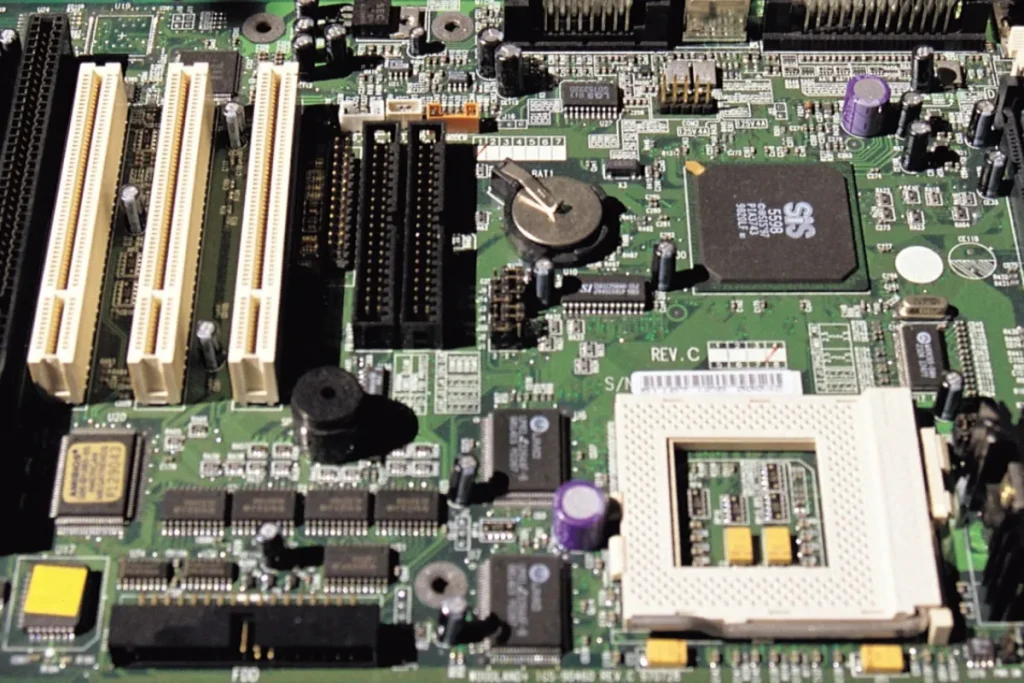
The Universal Serial Bus (USB) has become an integral part of our daily lives, allowing us to connect a wide range of peripherals to our computers. In this section, we will explore the introduction and widespread use of USB, the different versions of USB, and their capabilities, as well as the benefits and limitations of USB as a bus interface.
Introduction and Widespread Use
USB is a popular bus interface that provides a simple and convenient way to connect various devices to our computers.
From keyboards and mice to printers and external storage devices, USB has become the standard for connecting peripherals. Its versatility and ease of use have made USB the go-to choice for interconnecting devices.
Explanation of USB Versions
USB has gone through several iterations, each offering improved features and capabilities. USB 1.0 was the first version, followed by USB 2.0, which provided faster data transfer rates. USB 3.0 introduced even higher speeds and better power management, while USB 3.1 further enhanced data transfer rates and introduced the reversible USB-C connector.
Frequently Asked Questions
1. What is AGP, and why is it important for graphics-intensive applications?
AGP, or Accelerated Graphics Port, is a specialized bus interface designed con graphics cards to the motherboard. It is important for graphics-intensive applications because it provides a dedicated pathway for high-speed data transfer between the graphics card and the CPU.
2. How does AGP compare with other bus types for graphics cards?
Compared to other bus types like PCI and PCI Express (PCIe), AGP offers higher bandwidth tailored for graphics processing. AGP provides a direct connection between the graphics card and the CPU, minimizing data bottlenecks and maximizing performance.
3. Why was AGP phased out in favor of PCIe?
AGP was phased out in favor of PCIe due to several reasons. PCIe offered higher bandwidth and better scalability compared to AGP. It provided faster data transfer rates, allowing for more efficient communication between the graphics card and the CPU.
4. Can I still use AGP graphics cards on modern motherboards?
Most modern motherboards do not have AGP slots, as they have transitioned to PCIe for graphics card connectivity. Therefore, you will need help to be able to use AGP graphics cards on these motherboards.
5. Are there any advantages to using AGP over PCIe nowadays?
With the advancement of technology, PCIe has become the preferred choice for graphics card connectivity. It offers higher bandwidth, scalability, and compatibility with modern systems. Therefore, there are no significant advantages to using AGP over PCIe nowadays.
Conclusion
the motherboard is like the bustling hub of a computer, connecting various components together. It houses several types of buses, including the PCI, PCIe, USB, and RAM buses.
Each bus serves a specific purpose, whether it’s for expansion cards, graphics cards, or memory modules. Think of these buses as the highways that allow data to flow smoothly within your computer, ensuring optimal performance.
